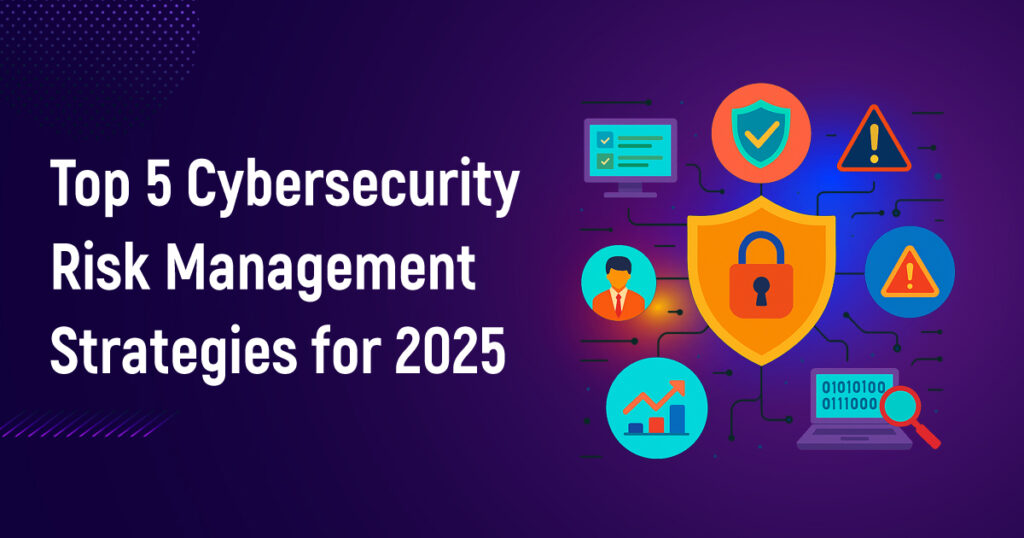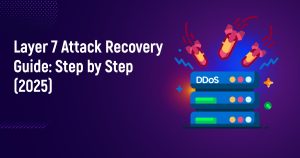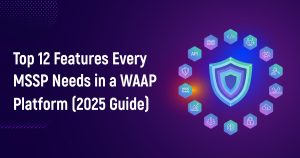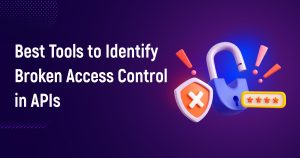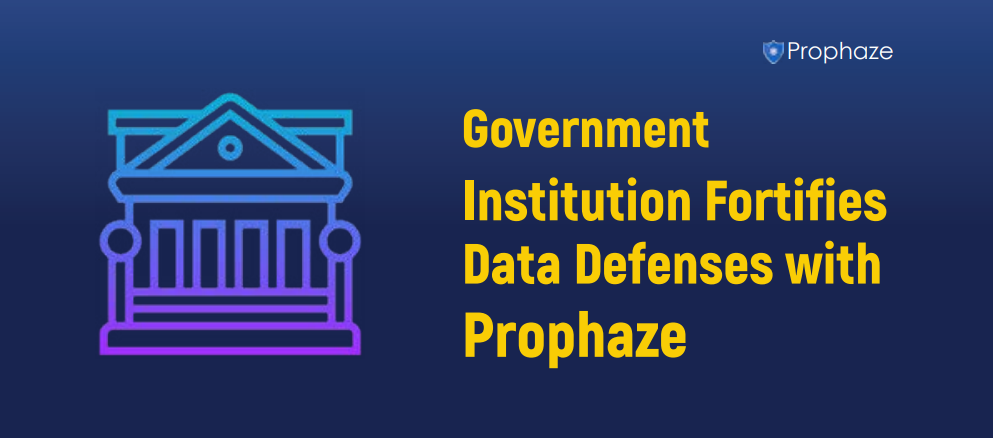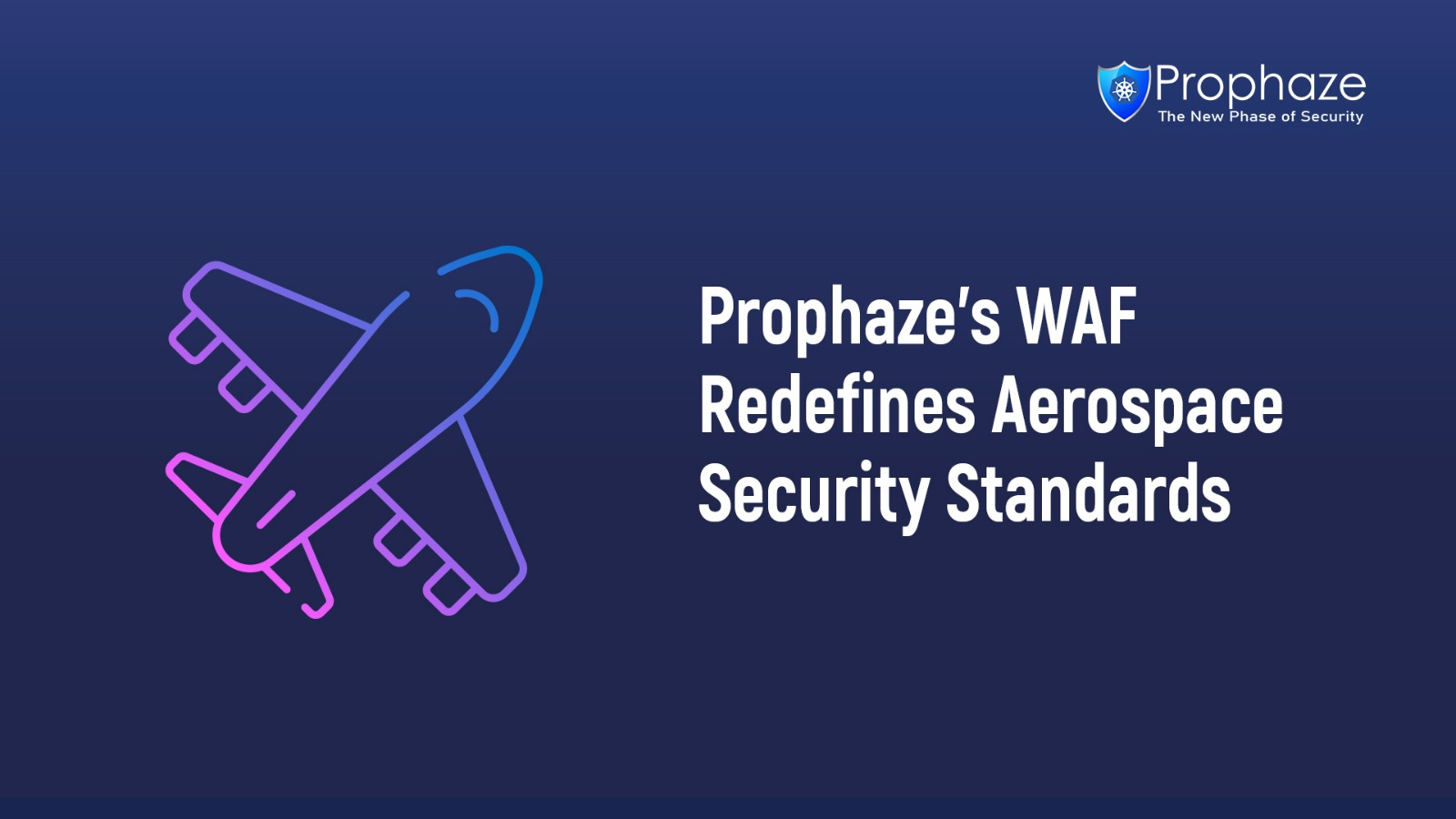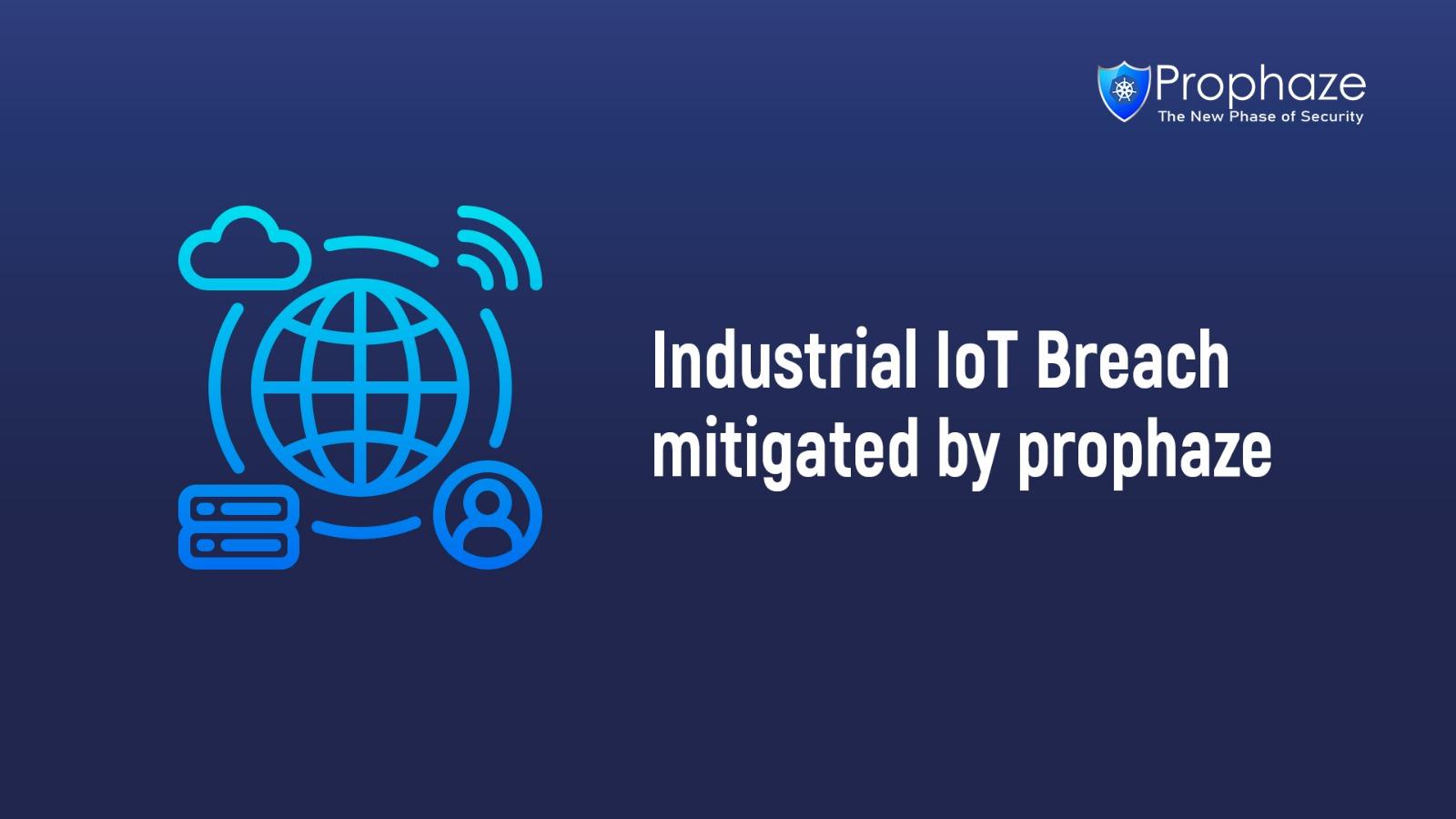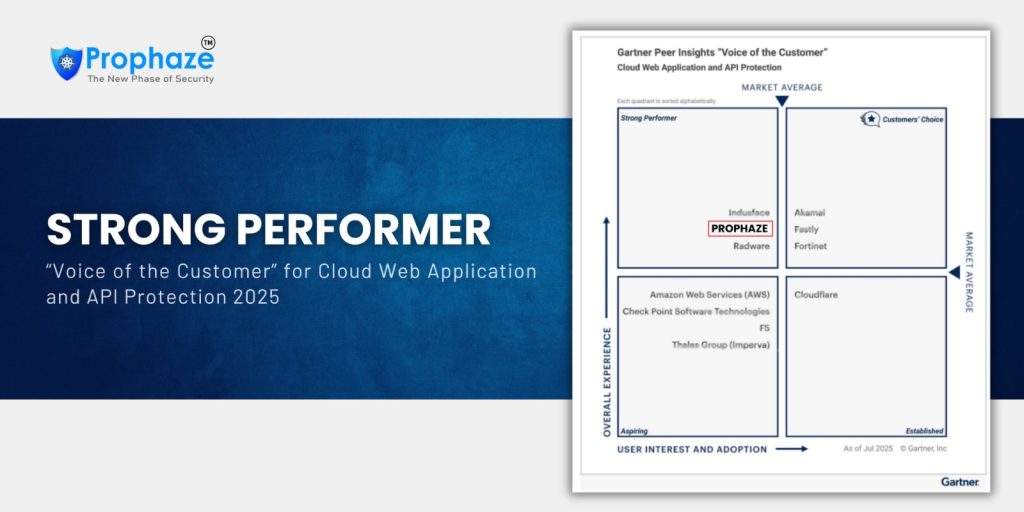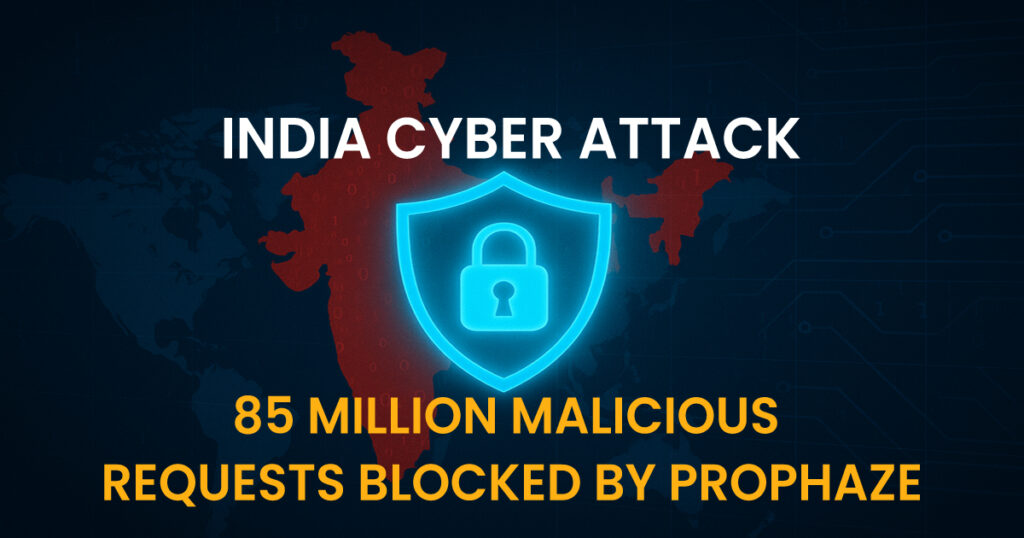Introduction to Cybersecurity Risk Management in 2025
As cyber threats continue to grow in complexity and scale, traditional perimeter-based defenses are becoming inadequate. In 2025, successful cybersecurity relies on strategic risk management that recognizes the inevitability of breaches while concentrating on minimizing their impact using layered defenses. Prophaze’s multi-layered security architecture exemplifies this transition by empowering organizations to enhance their resilience and improve breach response capabilities.
This guide highlights the Top 5 cybersecurity risk management strategies for 2025, showing how Prophaze supports each strategy to bolster organizational defenses.
Modern Cybersecurity Risk Management Fundamentals
In 2025, effective risk management entails:
-
Full Asset Visibility: Understanding your digital assets is essential.
-
Contextual Risk Assessment: Prioritizing risks based on their business impact.
-
Continuous Monitoring: Adapting to emerging threats in real time.
-
Strategic Resource Allocation: Directing resources toward critical risks.
-
Resilience Planning: Preparing for recovery as much as prevention.
Prophaze’s architecture incorporates these principles, facilitating robust risk management programs.
Top 5 Cybersecurity Risk Management Strategies in 2025

1. Continuous Compliance Automation
Challenge:
Manual compliance processes are labor-intensive and prone to errors, often lacking real-time assurance.
Strategy:
Automate compliance through:
-
Control mapping across frameworks
-
Real-time monitoring of controls
-
Evidence collection via integrations
-
Integrating compliance into code and pipelines
-
Dynamic enforcement across cloud environments
Prophaze Advantage:
Provides continuous monitoring of multiple controls, real-time dashboards, remediation workflows, and integrated cloud solutions to streamline compliance efforts.
2. Cyber Insurance Integration
Challenge:
Numerous organizations encounter insurance coverage gaps due to misaligned security practices and excessive premiums.
Strategy:
Align cybersecurity measures with insurance by:
-
Conducting quantitative risk assessments
-
Implementing insurance-optimized security controls
-
Reporting real-time security posture
-
Aligning incident response protocols
Prophaze Advantage:
Converts risk into financial implications, produces insurer-ready reports, and automates documentation to enhance insurance alignment.
3. Real-Time Asset Inventorying & Attack Surface Management
Challenge:
Incomplete asset inventories create exploitable blind spots for attackers.
Strategy:
Manage and monitor the attack surface continuously by:
-
Discovering assets across all environments
-
Mapping relationships and potential attack paths
-
Classifying and prioritizing by risk level
-
Detecting configuration drift
-
Monitoring external exposures
Prophaze Advantage:
Delivers agentless discovery, graph-based mapping, machine learning-driven classification, and external scanning to bolster asset visibility and oversight.
4. AI-Powered Security Orchestration & Automation
Challenge:
Alert overload and staffing shortages hinder timely threat responses.
Strategy:
Use AI to:
-
Smartly triage alerts
-
Automate investigations
-
Identify behavioral anomalies
-
Coordinate responses
-
Continuously enhance detection
Prophaze Advantage:
Utilizes machine learning and bespoke neural networks to automate triage processes, harmonize tools, and accelerate response times.
5. Zero Trust Architecture (ZTA)
Challenge:
Implicit trust enables lateral movements within compromised networks.
Strategy:
Discard trust assumptions by:
-
Continuously authenticating users and devices
-
Enforcing least privilege access
-
Implementing micro-segmentation
-
Monitoring behavior for anomalies
-
Ensuring end-to-end data encryption
Prophaze Advantage:
Provides ZTA through identity-based access management, contextual policies, and micro-segmentation to reinforce network security.
Layered Risk Management Framework with Prophaze
True security lies in integration. Prophaze’s architecture allows for a layered approach:
-
Perimeter: Threat prevention and DDoS defenses
-
Network: Segmentation and monitoring of traffic
-
Endpoint: Protection for devices and behavior analysis
-
Application: Securing APIs and runtime environments
-
Data: Encryption and access management
-
Identity: Continuous user authentication
-
Intelligence: Behavior detection and threat analytics
This depth of defense reduces both the success and impact of attacks.
Key Metrics for Cybersecurity Risk Management in 2025
Tracking the right metrics is essential for assessing the effectiveness of your cybersecurity strategy and demonstrating ROI to stakeholders. In 2025, cybersecurity success is no longer measured solely by breach prevention, but by how quickly and efficiently an organization can detect, respond, and recover from threats.
Here are the critical KPIs (Key Performance Indicators) every security leader should monitor:
-
Mean Time to Identify (MTTI)
-
Mean Time to Respond (MTTR)
-
Compliance Coverage Rate
-
Control Effectiveness Score
-
Risk Exposure Index
-
Insurance Readiness Score
Prophaze dashboards provide real-time insights into these key performance indicators.
Proactive Risk Management for 2025 and Beyond
Organizations must transition from a reactive, defensive stance to proactive risk management to succeed in today’s threat landscape. The five strategies presented—facilitated by Prophaze—create a resilient foundation for the future.

